5. A Bullet for the General (1966)
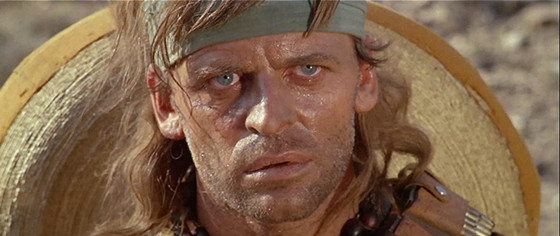
Damiano Damiani’s epic 1966 masterwork is part of the zapata subgenre of spaghetti westerns characterized by the Mexican Revolution, and one of its best, with well nuanced themes of socialism, as well as America’s place in the world. Does America really have to interfere with every foreign conflict, or is it best for Uncle Sam to stay home?
An American mercenary (Lou Castel) joins two Mexican rustlers to aid in their revolution, led by the pleasure loving El Cucho (Gian Maria Volonte) and his brother El Santo (Klaus Kinski). There’s not only the clashing of guns, there’s a clashing of ideals as well. What is this American’s true intentions?
Director Damiano Damiani masterfully directed this movie. Legend says Damiani was so frustrated with Klaus Kinski and Gian Maria Volonte’s diva tendencies that he beat and whipped them into submission! An absolute legend that managed to tame two monstrous acting beasts!
4. A Pistol for Ringo (1965)
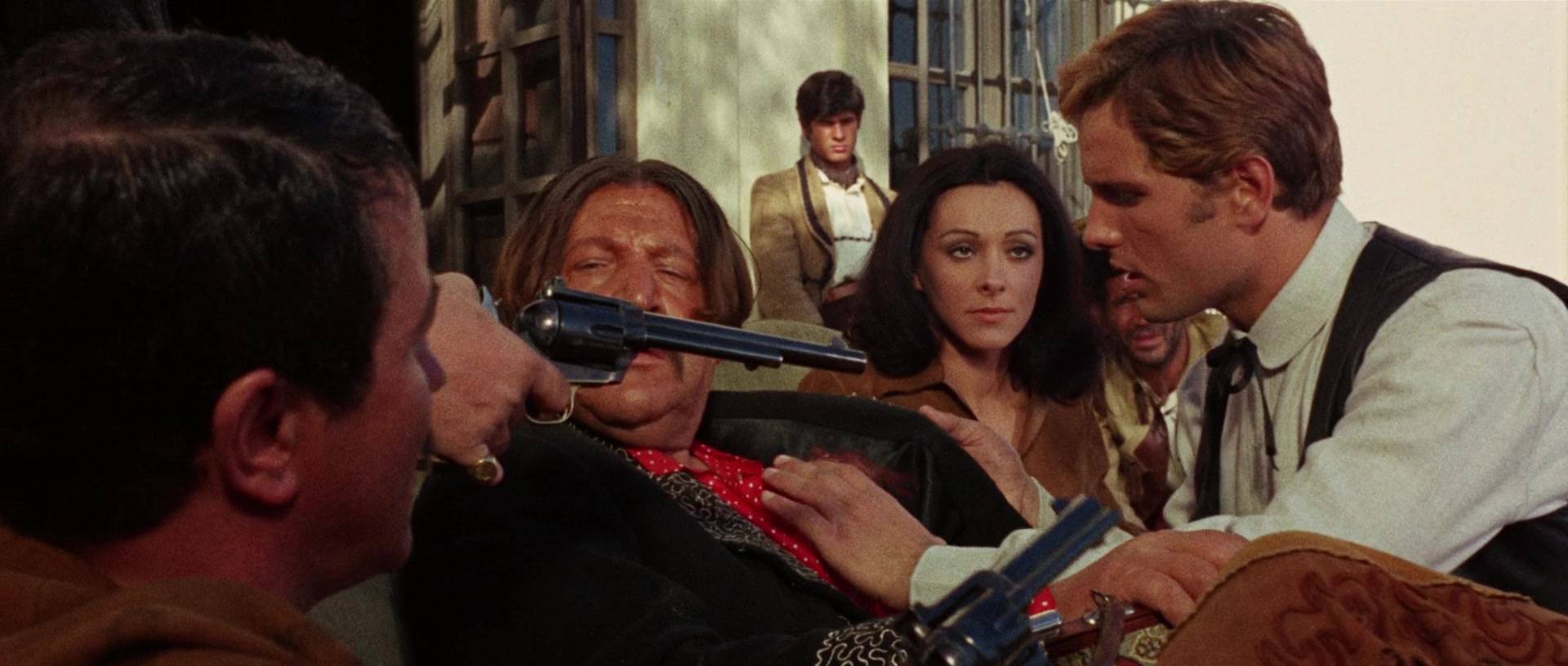
“A Pistol for Ringo” is a fun and fantastic spaghetti western. It was “Die Hard” before “Die Hard.” One of the coolest Christmas movies ever, “A Pistol for Ringo” opens with the mercenary “Angel Face” or Ringo killing four men in a self-defensive gunfight. Ringo’s got the cool antiheroism of Clint Eastwood, the daddyness of John Wayne, but brings to the table his own original youthful, boyish and laid back flair. Writers Duccio Tessari (who also worked on “A Fistful of Dollars”) and Alfonso Balcazar actually intended Ringo to be an Anti- Man with No Name, and in this writer’s opinion they were more than successful. Guiliano Gemma is perfect as Ringo. This was a character Gemma was born to play.
Ringo is released from prison to reclaim Major Clyde’s farm when a pack of bandits (lead by the nefarious Sancho) barricade themselves on Major Clyde’s farm with hostages. Ringo makes himself seem like another outlaw on the run, but things get complicated (and suspenseful) once Sancho starts killing hostages. Nieves Navarro’s character Delores, Sancho’s girlfriend, creates an edge of your seat subplot by advancing on Major Clyde. All this happens during Christmas time.
Although the titular character Ringo is a cheerful joy to watch prance on screen (he’s cheekier than a MCU superhero), and his charisma is beautifully accentuated by the goings of the hostaged Clyde farm. At the movie’s end, all characters, the reluctant hero, the clever villain, the animalistic goons, and the wholesome hostages become larger than life figures of spaghetti mythology that linger in your brain long after the credits have rolled. If you want a movie that has a fine score by Ennio Morricone and a fine marriage of action and comedy, “A Pistol for Ringo” is the Christmas decorated Spaghetti Western for you!
3. The Return of Ringo (1965)
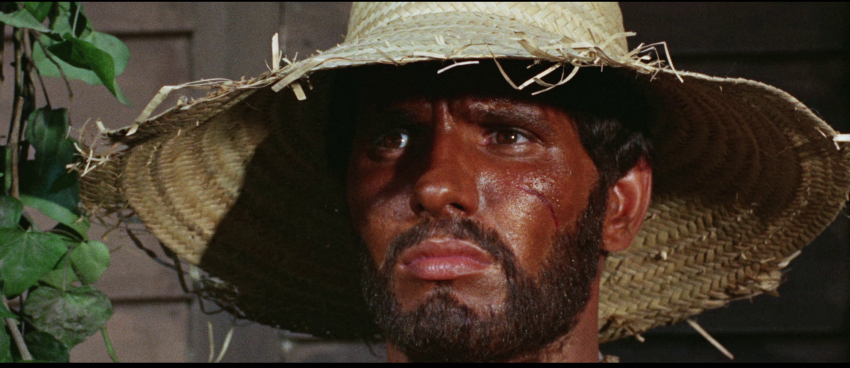
It is marvelous that the antiheroes of spaghetti westerns are symbols as well as characters! Ringo, Django, and Trinity are unfettered by the shackles of continuity, allowed to be a development of ideas or concepts that enrich the mythology of the spaghetti western.
The best half of director Duccio Tessari’s spaghetti duet! “The Return of Ringo,” an unofficial sequel to “A Pistol for Ringo” exceeds its predecessor by lassoing small-time antihero Ringo into the larger pool that is “The Odyssey.” A veteran of war, Ringo comes home to find his village conquered by nefarious bandits who have stolen his wife. Disguising himself, Ringo exacts his revenge and is reborn. Giuliano Gemma once again shines as the lead- the clean-shaven, snarky boy of “A Pistol for Ringo” is still within him somewhere, but war and tragedy has broken him into a man. Here Gemma unleashes the full force of his brilliant acting ability, portraying anguish, loathing, anger, and heroism with absolute believability.
Perhaps the most epic (and maybe even the best) “Odyssey” adaptation ever put to film, “The Return of Ringo” is a return in the fullest sense of the word. It’s like “O Brother Where Art Thou,” but minus the quirky comedy.
2. Day of Anger (1967)
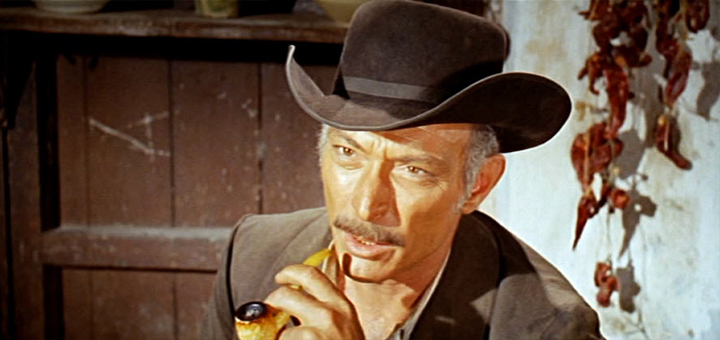
Lee Van Cleef stars in Tonino Valerii’s (A “Dollars Trilogy” alumni) epic western precursor to “Star Wars.” In “Day of Anger,” we get to see a Guiliano Gemma play Scott Mary, a poor street sweeper that is bullied and looked upon with relentless contempt by the citizens of his hometown. But when Lee Van Cleef strolls into town, Scott Mary is trained in the way of the gunfighter. We get to see two western legends team up together in one picture: Gemma and Cleef. We’re practically watching Ringo team up with Angel Eyes! It’s amazing to see these two actors feed off each other, especially when we see Gemma’s character mature throughout the film. What more is wanted in a spaghetti magnum opus?
1. Django Kill… If You Live Shoot! (1967)
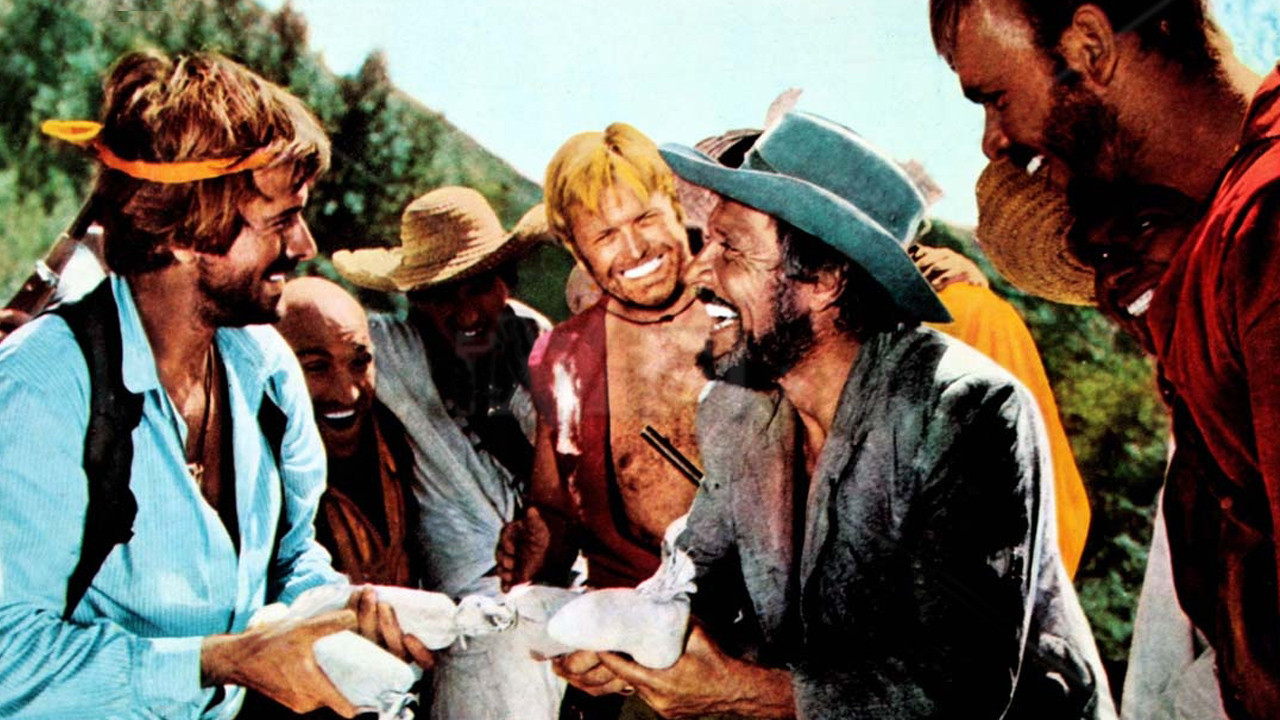
A spaghetti western made a masterpiece by its Midas touch of gothic! Although the film’s title had the name “Django” slapped onto it to cash off the success of the 1966 Corbucci “Django”, “Django Kill” is a most original and bizarre take on the genre. Spaghetti western fanboy Quentin Tarantino definitely owes a lot to it. He borrows a shot from “Django Kill’s” opening scene and sticks it in “Kill Bill.” Heck, a character even tells our main protagonist to “kill bill!” Alex Cox owes much to Giulio Questi film as well, remaking it in 1987 with “Straight to Hell.”
Our antihero, called “The Stranger,” (Tomas Milan) crawls out of a desert grave. As he’s raised from the dead, his mind overloads with memories of murder. The Stranger was left for dead, the only survivor of a Mexican crew that helped the villainous Oaks and his American gang to obtain a chest a-boomin’ with gold. With the help of two Indians, the stranger gets his revenge on Oaks in the hellish village known as the unhappy place. When this plot point resolves, the movie still goes on, following the gold and its terrible power over the already cruel townspeople. What follows seemed very fun and meandering to me, but shocking and subversive to others, and in hindsight, I may have to agree. We get a trippy montage of the unhappy place residents gleefully hanging criminals.
The film also gets its “Scorpio Rising” on by introducing a handsome, homoerotic band of ruffians that kidnap a boy who The Stranger attempts to save, an alcoholic parrot, an explosive horse, as well as an imprisoned woman living in the lecherous, crafty unhappy place preacher’s house. Not to mention one of the best deaths of the movie that creatively uses the gold to the max. The Stranger is a likable, Han Solo looking scoundrel drifting through all this madness, with creepy children serving as motifs that follow him. At the movie’s end we’re left with a cynical portrait of greed’s dance with humanity. You can’t help but to feel a little empty inside.
Maybe it’s time to retire from a life of guns and gold, and instead find satisfaction in being a scruffy looking nerf herder.